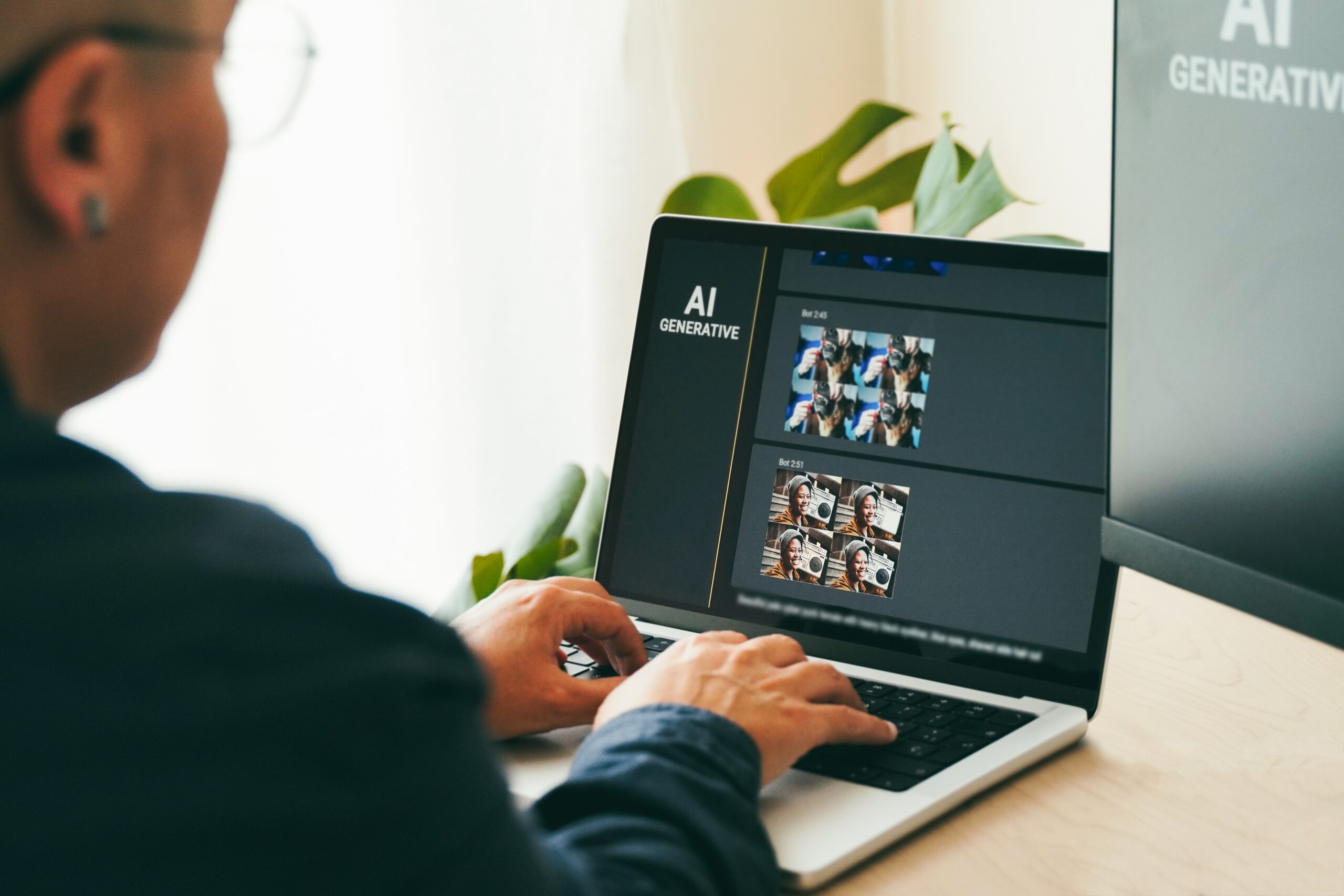Do you know the difference between Stable Diffusion and Disco Diffusion? Are you wondering which AI-powered tool is better for generating digital art? We’ve got you covered! This article will break down their features, advantages, and limitations so you can decide which one fits your creative needs best. Not only will we explain their differences, but we’ll also help you understand which tool to use for different types of AI-generated art.
What is the Difference Between Stable Diffusion and Disco Diffusion?
Stable Diffusion is a fast, efficient AI image-generation model that runs locally, while Disco Diffusion is a cloud-based tool known for its artistic and abstract styles.
Stable Diffusion is an open-source deep learning model designed to generate realistic and detailed AI-generated images. It can run on a local computer if it has a powerful GPU. The biggest advantage of Stable Diffusion is that it provides users with full control over image generation, allowing them to tweak settings and experiment with different styles.
Disco Diffusion, on the other hand, is an AI-powered tool that operates on cloud-based platforms like Google Colab. It is known for its surreal and abstract images, often resembling dreamlike artwork. However, it is slower compared to Stable Diffusion, and users must rely on external computing power to process images.
Which One is Better for Image Generation?
The answer depends on your goals. If you want speed, local control, and detailed outputs, Stable Diffusion is the better choice. However, if you’re looking for unique, abstract, or cinematic AI art, Disco Diffusion is more suited to your needs.
| Feature | Stable Diffusion | Disco Diffusion |
| Speed | Fast | Slow |
| Runs On | Local PC (Requires GPU) | Cloud (Google Colab) |
| Style | Detailed & Realistic | Abstract & Dreamlike |
| Accessibility | More technical setup | Easier for beginners |
| Customization | High | Moderate |
Key Advantages of Stable Diffusion
Stable Diffusion is a powerful AI tool for users who want complete control over their image generation. It allows for high customization, faster processing times, and better overall efficiency.
- Local Processing: Runs directly on your computer, meaning you don’t have to rely on external cloud services.
- Fast Image Generation: With a good GPU, it can generate images quickly.
- Open-Source and Free: Unlike some cloud-based tools, you can use Stable Diffusion without ongoing costs.
- Supports Advanced Modifications: Users can tweak the model, add custom training, and experiment with different styles.
Key Advantages of Disco Diffusion
Disco Diffusion is ideal for artists and designers who prefer highly stylized and abstract AI-generated art. It excels in creating dreamlike and cinematic visuals.
- Cloud-Based Processing: No need for a powerful computer—everything runs on Google Colab.
- Great for Beginners: Easier to use for those unfamiliar with AI-generated art.
- Surreal and Abstract Styles: Creates stunning visuals that look more like paintings than photos.
- Popular in Digital Art Communities: Many artists use Disco Diffusion to create unique NFT artwork and animations.
Which One Should You Use?
Choose Stable Diffusion if you want fast, realistic, and detailed image generation with full customization. It is best for professional AI art enthusiasts who have access to a high-performance GPU.
Choose Disco Diffusion if you prefer artistic, abstract, and cinematic visuals with minimal setup. If you are looking for something more experimental or surreal, Disco Diffusion is the better option.
How Do They Compare in Terms of Practical Use?
Let’s compare their usability in different scenarios:
- For AI-Generated Portraits: Stable Diffusion is better since it creates more realistic human faces.
- For Surreal and Fantasy Art: Disco Diffusion excels in producing dreamlike, imaginative visuals.
- For Speed and Workflow: Stable Diffusion is the faster option, especially for users who want multiple iterations quickly.
- For Beginners: Disco Diffusion is easier to start with, as it requires no advanced setup.
Final Thoughts
Both Stable Diffusion and Disco Diffusion are powerful AI tools, but they serve different purposes. If your goal is to create detailed, fast, and realistic images, Stable Diffusion is the better option. On the other hand, if you prefer artistic and abstract visuals, Disco Diffusion is the way to go.
Ultimately, your choice depends on your creative needs and technical expertise. If you’re an artist looking to experiment with dreamlike visuals, try Disco Diffusion. If you’re a professional wanting precise control over AI-generated images, go with Stable Diffusion.
Now that you understand their differences, which AI tool will you choose for your next project?
Learn more: How To Ask AI What Things Look Like?
